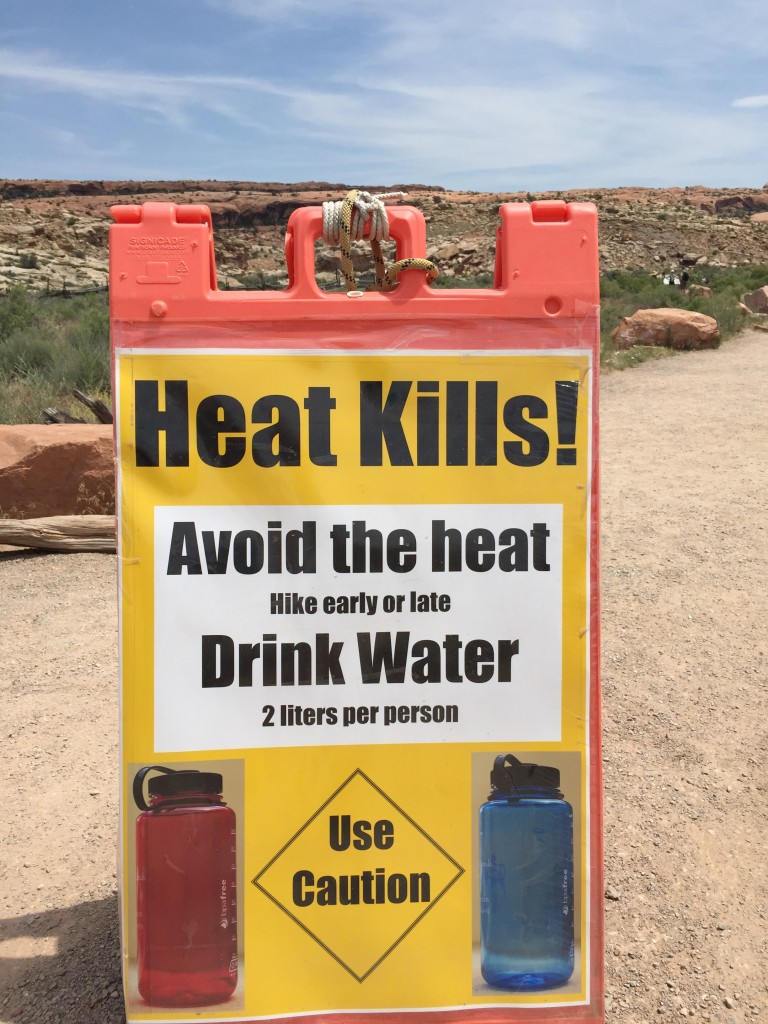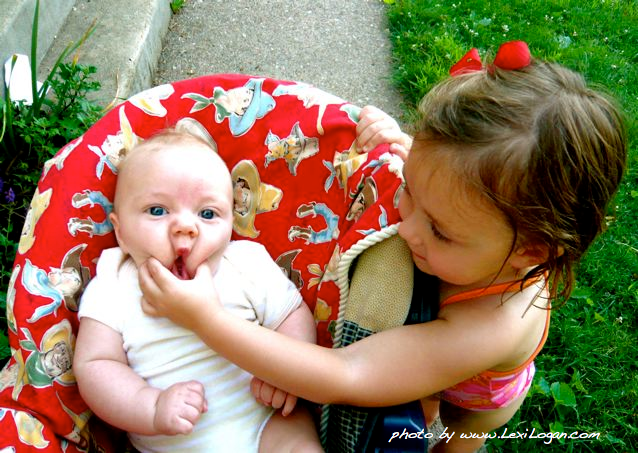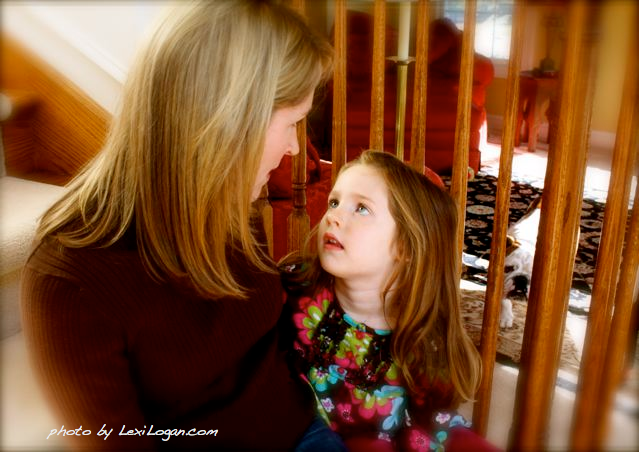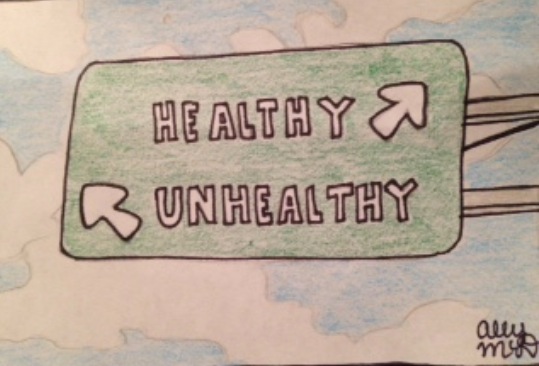 Today our guest blogger, pediatrician Ilana Sherer, MD, Director of Primary Care for the Child and Adolescent Gender Center at University of California San Francisco, addresses how to respond supportively to your child if he or she comes out.
Today our guest blogger, pediatrician Ilana Sherer, MD, Director of Primary Care for the Child and Adolescent Gender Center at University of California San Francisco, addresses how to respond supportively to your child if he or she comes out.
Drs. Kardos and Lai
When Jaime recently came out as gay, his mother initially felt fear: “When he told us that he was gay, we were afraid for him. We were afraid of what his life would be and we were afraid that he would not accomplish our dreams for him,” she said.
Contrast this response to Laura’s experience. Laura came out to her parents as lesbian when she was depressed and suicidal. Quickly recognizing the crisis, her parents responded by assuring Laura that they loved her no matter what, and got her into counseling with a local and Lesbian/Gay/Bisexual/Transgender (LGBT) conscious mental health professional. Her parents eventually joined the Board of Directors of their local Parents and Friends of Lesbians and Gays support group (PFLAG) and now Laura and her mom speak to other groups about their experiences.
How can parents support their child? Many parents react in loving ways from the moment their child comes out. However, if you’re reading this article, you may have already responded in a way that you regret. That’s okay, and it’s okay to feel sad, hopeless, depressed, blamed, embarrassed, ashamed, or guilty—most parents feel all of these things at one point or another in the process of acceptance. In fact, even parents who feel they are open and accepting to LGBT issues or parents who are LGBT parents may react negatively. However, it’s never too late to show your child that you support and love him or her unconditionally. Based on work done by the the Family Acceptance Project, here are some behaviors to engage in and to avoid with your children.
Ways to Support your Child:
1. Talk with your child about his LGBT identity, express affection, and support him even if you feel uncomfortable. Support his or her gender expression, clothing choices, and physical expression.
2. Connect your child with community resources geared toward adolescents. If you live near an urban area, there may be an LGBT community center nearby with youth programming. If not, there may be a school or community group available. Check the internet and newspaper listings. If you know any LGBT adults who are part of your community, consider asking them for resources.
3. Connect your family with resources, such as PFLAG (see below). Siblings may also need support.
4. Check in with your child about bullying in school. If he is being bullied, demand that the school address the perpetrators and create a safe educational environment for your child. Advocating for your child is a powerful sign of acceptance.
5. Require that all family members respect your LGBT child.
6. Welcome your child’s friends and partners into your home.
7. It is important for your child (and family) to identify healthy adult LGBT role models. If none are available in your community, point out LGBT people in the media who are leading successful lives. Thankfully, there are no shortage of visible “out” LGBT people in television, music, and movies, but if you need help identifying them, Wikipedia has an exhaustive list.
8. If your church or religion contains messages demeaning the worth of LGBT individuals or suggests that homosexuality can be reversed, consider finding a new worship community.
9. Monitor internet usage. Your child has likely already been on the internet. Hopefully, she found some great resources or has made friends with LGBT teenagers in other parts of the country. However, there is also a lot of misinformation. There are also pornography and social networking sites which can take advantage of your child. As always, keep track of the sites she visits and who she networks with online.
10. Let your child know that you believe he will have a happy future as an LGBT adult.
Unsupportive Behaviors to Avoid:
1. Hitting, slapping, or physically hurting your child.
2. Verbally harassing or name-calling.
3. Excluding your child from family activities.
4. Blocking access to LGBT friends, events, and resources.
5. Blaming your child when she is discriminated against because of her LGBT identity.
6. Tolerating bullying and harassment.
7. Pressuring your child to be more or less masculine or feminine in clothing choices and external appearance.
8. Telling your child that God will punish him because he is gay.
9. Telling your child (or acting as if) you are ashamed of him or that he will shame the family.
10. Making your child keep her LGBT identity a secret or blocking her from telling close family members and friends, or conversely, “outing her” (telling others about her identity) against her will or without permission.
Resources:
Parents and Friends of Lesbians and Gays (PFLAG) www.pflag.org
Gender Spectrum Education and Training www.genderspectrum.org
Gay, Lesbian, and Straight Education Network www.glsen.org
Trevor Project (crisis intervention and suicide hotline for LGBT youth) www.thetrevorproject.org. 1-866-4-U-TREVOR
Center Link (for a listing of LGBT Community Centers) www.lgbtcenters.org
The National Youth Advocacy Coalition www.nyacyouth.org
Listing of rural youth resources at www.nyacyouth.org/docs/ruralyouth/resources/index.php
Advocates for Youth www.advocatesforyouth.org
Gay and Lesbian Medical Association Provider’s Directory (for finding an LGBT-competent medical provider) www.glma.org
Ilana Sherer, MD
Dr. Ilana Sherer is the Director of General Pediatrics of the Child and Adolescent Gender Center at UCSF. She is a recipient of the Chancellors Award for LGBT leadership at UCSF and also of the American Academy of Pediatrics Dyson Child Advocacy Award.
©2015 Two Peds in a Pod®
Updated from the original 2011 post
 It’s 100 degrees Fahrenheit outside. We’re hiking around the Southern Utah desert and one of my kids vomits once. Nope, it’s not the stomach bug; that was last vacation. This time one of my kids vomited because of dehydration. Strangely, humans don’t always complain of thirst once they start becoming parched, and my kid was no exception.
It’s 100 degrees Fahrenheit outside. We’re hiking around the Southern Utah desert and one of my kids vomits once. Nope, it’s not the stomach bug; that was last vacation. This time one of my kids vomited because of dehydration. Strangely, humans don’t always complain of thirst once they start becoming parched, and my kid was no exception.
 Recently we’ve had a parade of itchy children troop through our office. The culprit: poison ivy.
Recently we’ve had a parade of itchy children troop through our office. The culprit: poison ivy.





